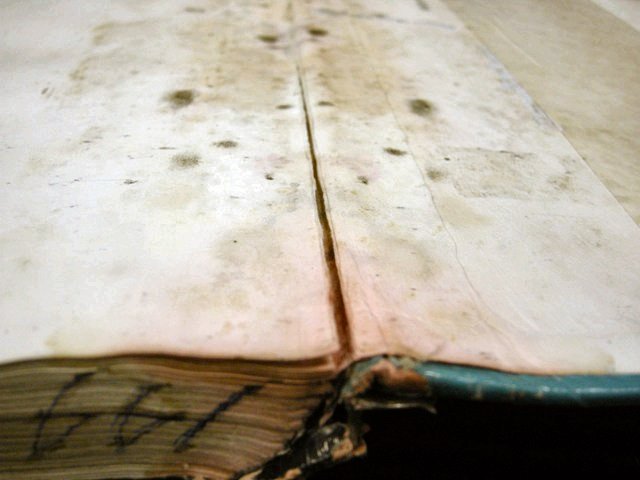Never Ignore the Signs of Mold Growth
Mold Growth Infestation may stem from flooding. (Photo Credits)
If an area has been hit by flooding recently, chances of mold infestation in homes and commercial structures are very high, especially for those who may not have been able to dry up their homes and buildings appropriately. Read more Flood Tips
The Minnesota Health Department explains why flood prone areas are mold prone areas as well.
“Mold is a kind of microscopic fungus. There are many types of molds, and they are present throughout the environment, indoors and out. Tiny mold particles are always present in the air, in the form of tiny microscopic cells known as spores. Mold spores can germinate and grow in a moist or damp environment, on any surface that contains organic matter. A home that’s been flooded can provide ideal conditions for the growth and proliferation of mold.”
Read the rest of the article here.
Never Ignore
WISTV posted a report on molds as a possible lingering problem following floods.
“Hamilton is warning people not to take a shortcut. If something has been wet for 48 hours or more, it must be removed. Hamilton says mold tests typically cost several hundred dollars. But, he says if you were affected by the flood waters, take the time and spend the money now to make sure you’re not creating a bigger problem for yourself later.”
Read the rest of the post here.
Flood Damage and Health
Best Healthy Guide meantime reminded its readers about why flood damage and subsequent mold growth can be very dangerous for the health.
“Excessive exposure to molds can be very harmful to humans and may lead to some serious health problems. Most doctors will never diagnose mold illness because the conventional medicine firmly believes that exposure to mold does not represent a big risk for the health.”
Read the rest of the post here.
What do you do right after a flood incident?

No comments:
Post a Comment